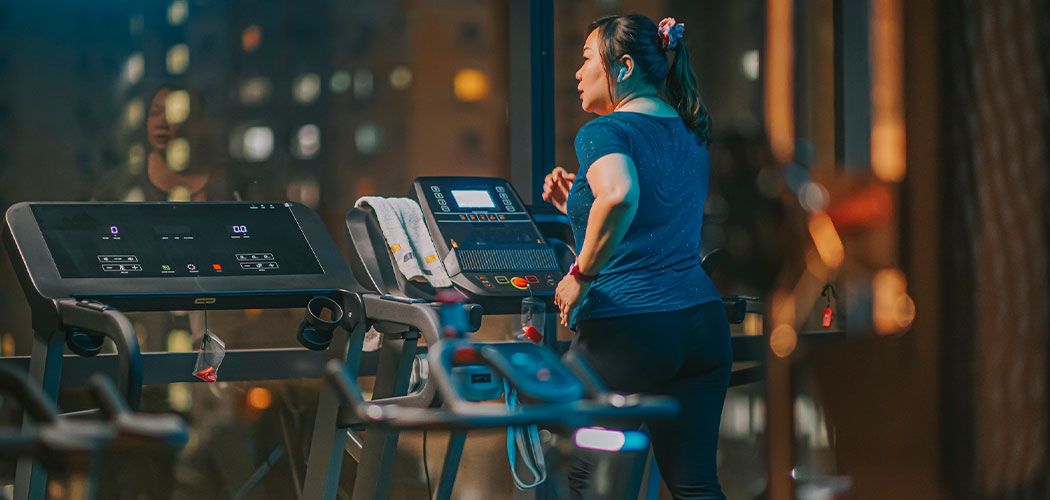Undertaking the majority of daily physical activity in the evening is linked to the greatest health benefits for people living with obesity, according to new research.
“Exercise is by no means the only solution to the obesity crisis, but our research does suggest that people who can plan their activity into certain times of the day may best offset some of these health risks,” said Dr Angelo Saba, lecturer in exercise physiology at the University of Sydney.
University of Sydney researchers from the Charles Perkins Centre, followed the trajectory of 30,000 people over almost eight years. Participants were monitored using wearable device data to categorise participant’s physical activity by morning, afternoon or evening.
Those who did the majority of their aerobic moderate to vigorous physical activity between 6pm-midnight had the lowest risk of premature death and death from cardiovascular disease, the research found.
The frequency with which people undertook moderate to vigorous physical activity (MVPA) in the evening, measured in short bouts up to or exceeding three minutes, also appeared to be more important than their total amount of physical activity daily.
“Due to a number of complex societal factors, around two in three Australians have excess weight or obesity, which puts them at a much greater risk of major cardiovascular conditions such as heart attacks and stroke, and premature death,” said Dr Saba.
Smaller clinical trials have shown similar results, however the large scale of participant data in this study, the use of objective measures of physical activity and hard outcomes, such as premature death, makes the findings significant.
The study did not just track structured exercise but focused on tracking continuous aerobic MVPA in bouts of three minutes or more due to a strong association between this type of activity, glucose control and lowered cardiovascular disease risk compared with shorter (non-aerobic) bouts, said first co-author Dr Matthew Ahmadi, postdoctoral research fellow at the Charles Perkins Centre.
“We didn’t discriminate on the kind of activity we tracked, it could be anything from power walking to climbing the stairs, but could also include structured exercise such as running, occupational labour or even vigorously cleaning the house.”
People living with diabetes or obesity, who are already glucose intolerant in the late evening, may be able to offset some of that intolerance and associated complications, by doing physical activity in the evening, the researchers hypothesise.
Data from the UK Biobank included 29,836 adults aged over 40 years of age living with obesity, of whom 2,995 participants were also diagnosed with Type 2 diabetes.
Participants were categorised into morning, afternoon of evening MVPA based on when they undertook the majority of their aerobic MVPA as measured by a wrist accelerometer worn continuously for 24 hours a day over seven days at study onset.
The team then linked health data (from the National Health Services and National Records of Scotland) to follow participants’ health trajectory for 7.9 years.
The sophistication of studies in the wearables field was providing huge insights into the patterns of activity that were most beneficial for health, said senior author, Professor Emmanuel Stamatakis, Director of the Mackenzie Wearables Research Hub at the Charles Perkins Centre.
“Wearable device-captured data allow us to examine physical activity patterns at a very high resolution and accurately translate findings into advice that could play an important role in health care,” he said.
“While we need to do further research to establish causal links, this study suggests that the timing of physical activity could be an important part of the recommendations for future obesity and Type 2 diabetes management, and preventive healthcare in general.”
The study is published in the journal Diabetes Care.








